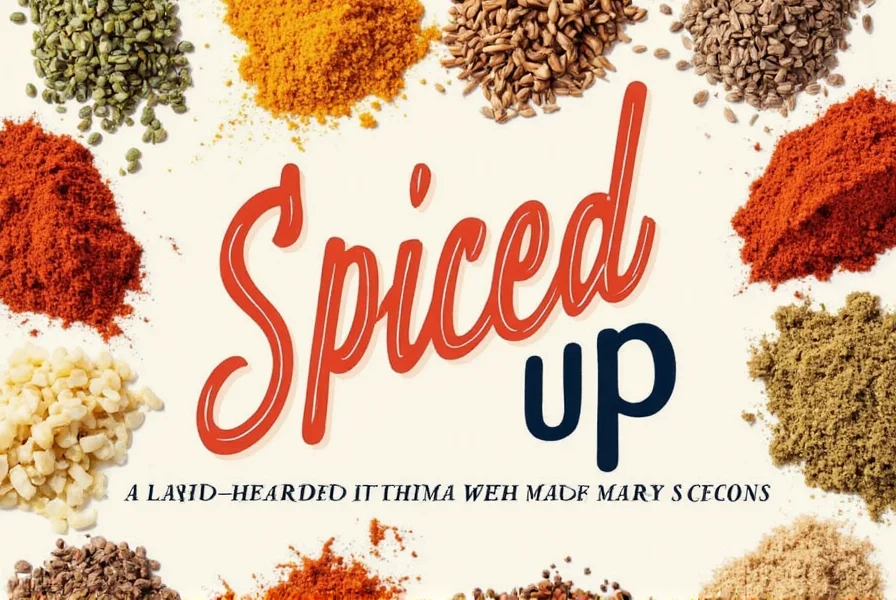What Does 'Spiced' Mean?
'Spiced' is an adjective that describes food or drink that has been flavored with spices. It does not mean 'spicy'—which refers specifically to heat from chili peppers or similar ingredients. Instead, 'spiced' refers to the addition of various spices for flavor, aroma, or subtle heat.
For example, spiced rum is rum infused with spices like cinnamon, cloves, and nutmeg. Spiced tea is tea blended with spices such as ginger, cardamom, and cinnamon. Spiced cookies are baked goods flavored with spices like cinnamon, nutmeg, and ginger.
It's important to note that 'spiced' does not necessarily mean hot or spicy. Many spiced foods are sweet and aromatic, like spiced apple cider or spiced cake. The term simply indicates that spices have been added to enhance the flavor profile.
Understanding the difference between 'spiced' and 'spicy' helps in cooking and ordering food. If you want heat, choose 'spicy' food; if you want complex flavors from spices, choose 'spiced' food.











 浙公网安备
33010002000092号
浙公网安备
33010002000092号 浙B2-20120091-4
浙B2-20120091-4